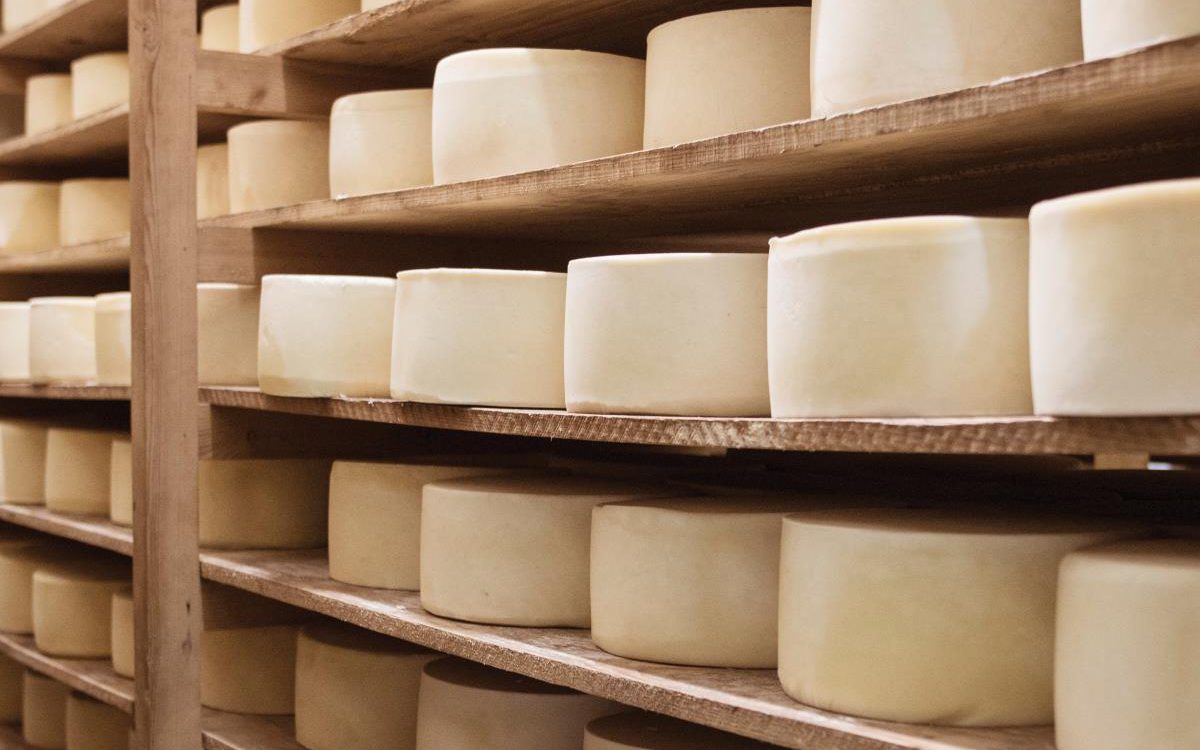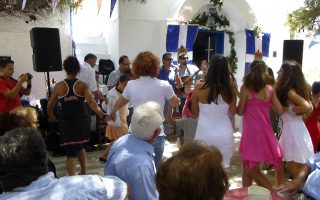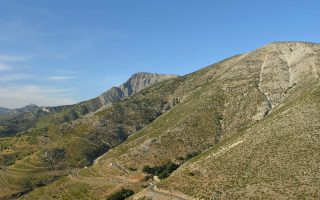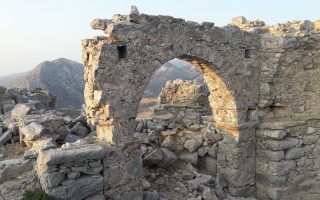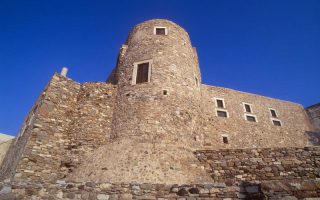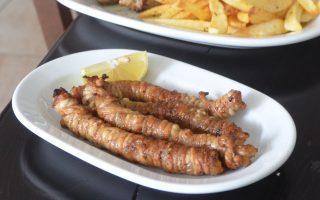Graviera Naxou, a cheese with a sweet buttery flavour, is one of the best Greek graviera cheeses and is considered to be one of Greece’s most beloved table cheeses. Graviera Naxou means graviera of Naxos. In Greek, the word graviera is a transliteration of the Swiss gruyere. Recently added in the rich tapestry of Greek cheeses, graviera was made for the first time in the 20th century in the region of the Peloponnese and soon became known in the hinterland and in Grete where cheese makers succeeded in producing excellent graviera cheese from sheep’s milk.
However, the Cyclades (mostly Naxos, followed by the islands of Tinos and Paros) hold the distinction of being the only place in Greece where graviera cheese is produced exclusively with cow’s milk.
The graviera of Naxos is a pale yellow hard cheese with a compact and soft texture marked by round irregular holes. The cheese is usually made into small heads normally weighing 10 kilos. It has a thin rind formed by the growth of bacteria, which help the cheese to mature.
Μore at Greek Gastronomy Guide…
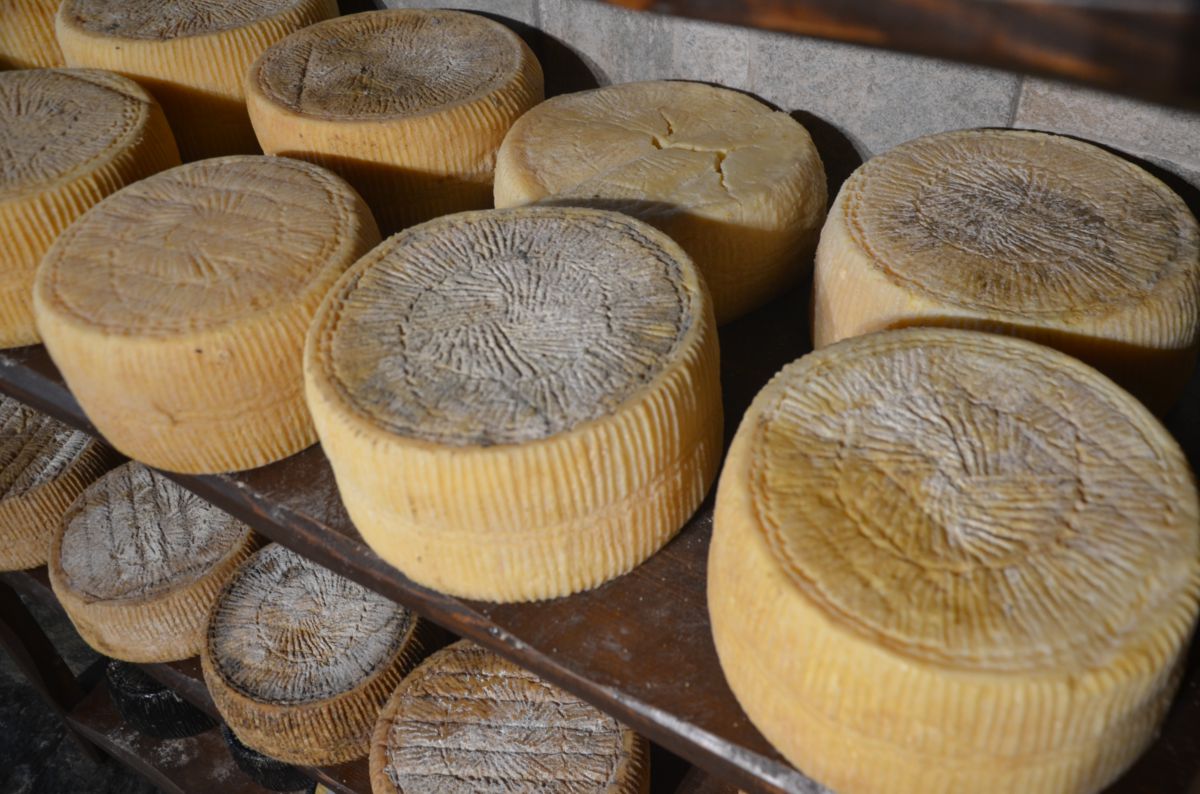
Source: www.greekgastronomyguide.gr

